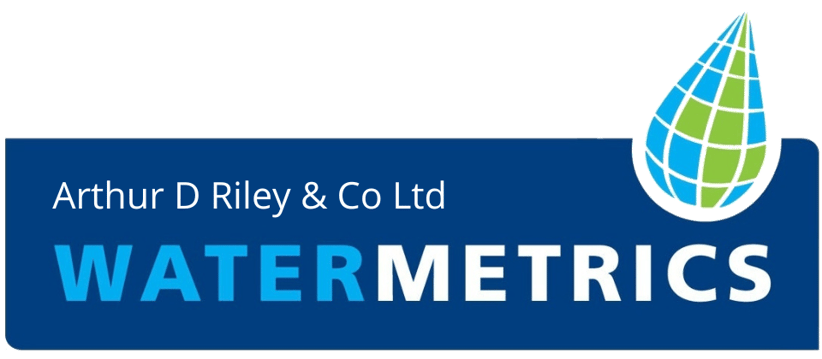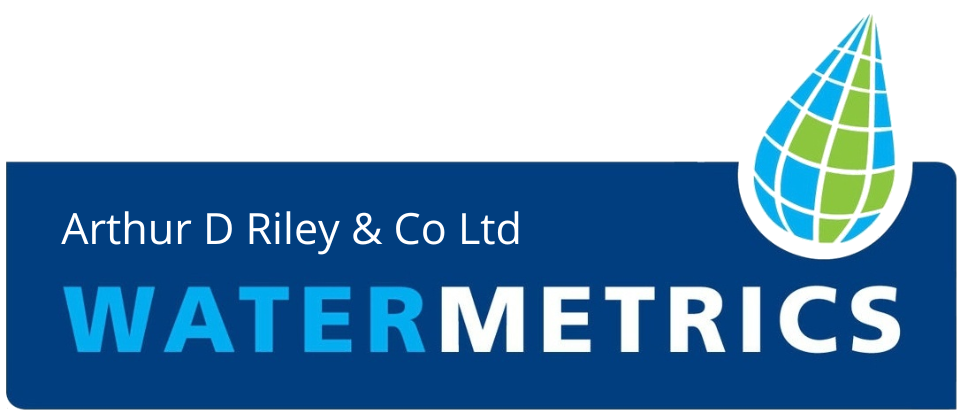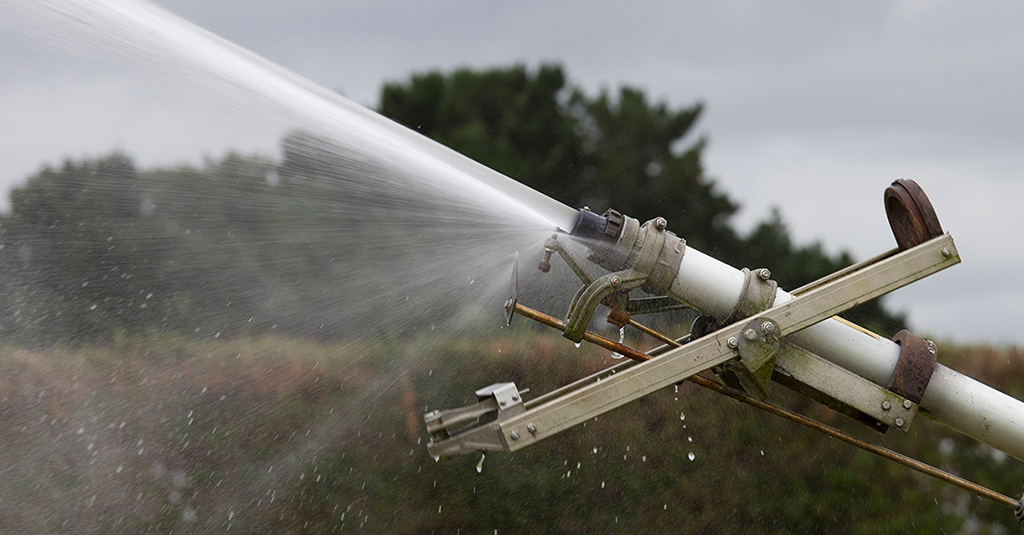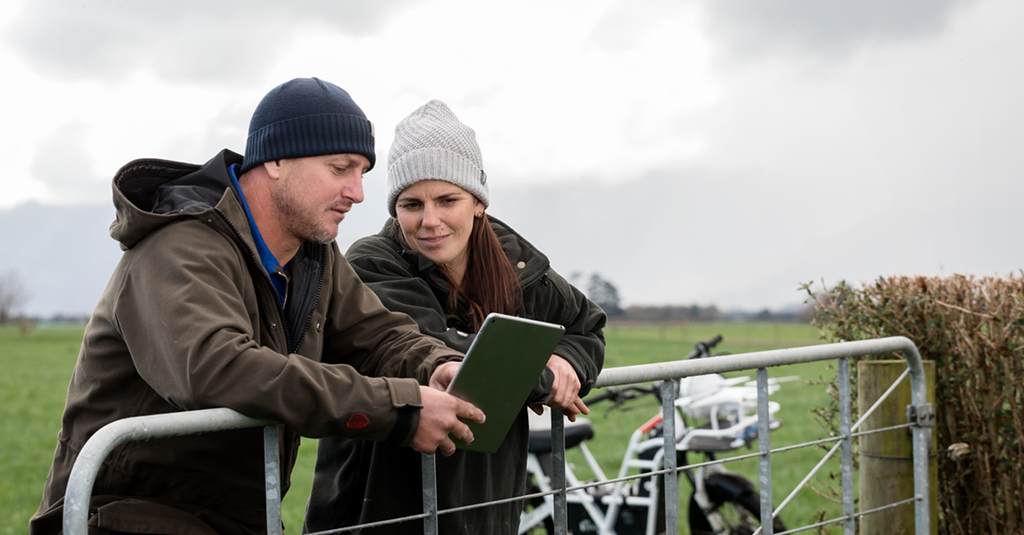At the heart of the ‘good management practices’ related to water use in the farming sector, industry groups and regulators, is the concept of farmers being able to ‘justify’ their water use.
As a farmer going forward, you need to be able to justify why your irrigation was switched on at a particular time, on a particular day, and for what reason. And that reason must be that the soil moisture was too dry. There are a range of metrics (such as ET – evapotranspiration), derived from soil moisture and temperature sensors that will help a farmer arrive at this decision.
Regional authorities – such as ECan in Canterbury – are the organisations most likely to require farmers (sheep, dairy and horticulturalists) to justify their irrigation events. And rather than just pointing out the fact that a nor-wester has been drying out the soil for the past 10 days, farmers can now back this up with reliable data from soil moisture and temperature sensors.
This scrutiny will only increase as legislation on nitrate leaching and irrigation becomes a more likely possibility. If you are part of an irrigation scheme, you will probably be familiar with the new requirements, particularly those schemes that are attempting to achieve something specific, like improved operational methodology.
If you are not in a scheme and the weather conditions follow a similar pattern to last season, then the amount of water allowed by your consent could be tight, which means you will need to apply water as conservatively as possible. It’s also likely that any new irrigation consents will be conditional upon being able to prove water usage or provide justifiable irrigation.
Nitrate leaching – especially for dairy farmers – is one of the main concerns that regional authorities have around irrigation, since water flow is the primary transportation mechanism that leaches nitrates into the soil. It’s especially true that if your land is stony, or you have free-draining soil, you’ll have a higher nitrate intensity. The main tool in combating this is to apply less water, making it even more vital that your irrigation events are based on accurate data.
The upshot is that to comply with regulations around irrigation, you’re better off using the technology that helps you to not only remain compliant, but to increase your water efficiency and make better decisions around your irrigation schedule.
What it comes down to is irrigating only when your soil is sufficiently dry, and being able to prove the application rates.
Using Watermetric’s soil moisture and temperature sensors means you can:
- See what’s happening with your soil without having to dig it up – it’s your x-ray.
- Maximise the kg/ha of your pastures.
- Apply the optimal amount of water at the right time so you are using it efficiently while still promoting good pasture growth, particularly at shoulder seasons.
- Reduce nitrate leaching.
Crucially the data that these tools provide means that you can justify your decisions to irrigate with objective information. It’s becoming increasingly likely that farmers will have to show that they made informed decisions around irrigation events instead of relying on guesswork, and the data provided from soil moisture and temperature sensors will furnish that proof.
It’s not just compliance; being able to irrigate to maximum efficiency will save you time and money. If you over-irrigate, you can actually reduce the amount of pasture growth, while increasing nitrate leaching.
Our website has more information about our soil moisture and temperature sensor solutions.




